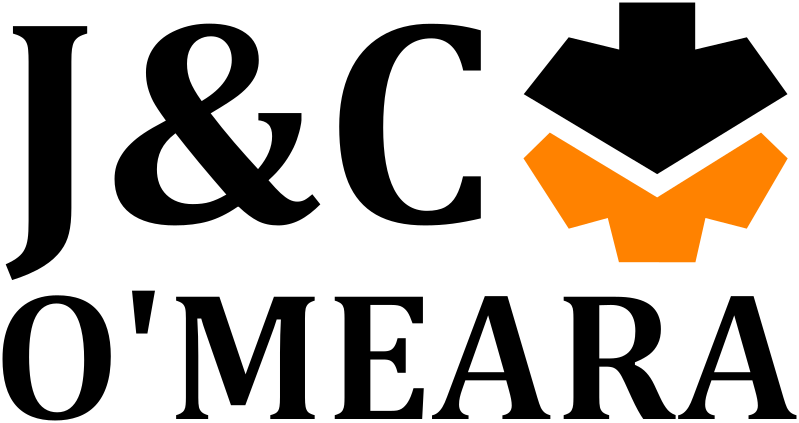How to Choose the Right Membrane Press for Your Workshop
- John Shepperd

- May 13
- 4 min read

Selecting the proper membrane press for your workshop is crucial for maximising your investment and production capabilities. With several models and features available, it’s important to consider your specific needs before making a purchase. Whether you run a small joinery shop or a large manufacturing facility, the right membrane press can enhance your workflow and product quality. This guide will walk you through how to choose the ideal machine, so you can feel confident in your decision when choosing a membrane press for your business.
Assess Your Production Needs and Workpiece Size
Begin by evaluating the size and volume of work you plan to process. Membrane presses come in various bed sizes and configurations. If you frequently press large panels or doors, you’ll need a machine with a spacious platen (pressing area) to accommodate those dimensions. Conversely, a smaller workshop producing bespoke furniture components might opt for a compact model. Consider the throughput as well – how many pieces do you need to press per day or hour? For higher volumes, look at presses with features like multiple trays or faster cycle times. For example, a model such as the MP3 Automatic Pin Membrane Press offers multiple tray loading and an automatic pin system, which is ideal for businesses with high production demands. Smaller shops with moderate output might find a single-tray press like the OMC Fluid-M sufficient for their needs. Matching the machine’s capacity to your production ensures you won’t outgrow the press too soon or conversely, invest in more machine than you require.
Consider Features and Automation
Membrane presses vary from basic manual models to advanced fully automated systems. Key features to compare include:
Pressure System: Some membrane presses use vacuum pressure only, while others have additional hydraulic or pneumatic pressure to achieve stronger bonding. If you need very high pressing force (for thick veneer or difficult materials), a hydraulic-assisted press might be preferable.
Heating Method: Check if the press uses electric heating elements or oil heating. Temperature control is critical for consistent results, especially when working with different veneers or thermoplastic foils.
Automation: Advanced presses come with features like automatic pin systems (which save time arranging support pins for irregular pieces) and automatic loading/unloading tables. The OMC Fluid-ALM Membrane Press, for instance, is known for its automated operation, making it a great choice for reducing manual handling.
Control Systems: Modern presses often have PLC (Programmable Logic Controller) touch-screen controls for setting cycle parameters (temperature, vacuum time, pressure, etc.). This makes operation easier and repeatable.
Think about your workflow: if you value speed and ease, investing in a more automated machine can increase productivity. On the other hand, if you have a lower volume production and skilled operators, a simpler (and typically less costly) semi-automatic or manual press could suffice.
New vs. Used Machinery and Budget
Budget will naturally play a big role in your decision. New membrane presses offer the latest technology, full warranties, and the confidence of known service history. If your budget allows, getting a new machine from a reputable supplier ensures long-term reliability. However, used membrane presses can be an excellent value, often costing significantly less while still providing great functionality. J&C O’Meara offers both new and fully checked used woodworking machinery, so you can find a membrane press that fits your price range. When considering a used machine, inquire about its condition: check the membrane for any tears or wear, ensure the heating and vacuum systems are in good working order, and see if maintenance records are available. Reputable dealers will refurbish or service used machines before sale. If you’re on a tight budget or just entering the market, a quality used press might be the right choice to start with, with the option to upgrade in the future.
Space and Power Requirements
It’s practical but important to consider the space and utilities your workshop has. Membrane presses can be large machines, especially those with multiple trays or integrated loading tables. Measure your available floor space and compare it with machine dimensions (don’t forget to allow room to manoeuvre sheets and for operators to work safely around it). Additionally, check the power requirements – most industrial presses will require a three-phase electrical supply and adequate amperage. Some larger presses may also need a compressed air supply (for pneumatic systems) or proper ventilation if they use certain adhesives or generate heat. Make sure your workshop can accommodate these needs or factor in the cost of upgrades to your facility when choosing a machine. Selecting a press that fits well within your space and power infrastructure will save you headaches during installation and operation.
Support, Training, and Maintenance Services
Finally, look at the support and service available for the membrane press you choose. Woodworking machinery is a significant investment, so having the backing of a reliable supplier is essential. Does the manufacturer or vendor offer training for your staff to get up and running? Can you easily obtain spare parts like membranes, seals, or heating elements? J&C O’Meara, for example, provides comprehensive after-sales support – from installation assistance to maintenance advice – which can be invaluable. Choosing a well-known brand or a trusted supplier means you’ll have expert help on hand if any issues arise. Also consider the availability of documentation: a good manual and possibly online resources for troubleshooting are a plus. By ensuring support and maintenance services are in place, you’ll keep your membrane press running smoothly with minimal downtime.
Conclusion
Selecting the right membrane press for your workshop involves balancing features, capacity, and cost to match your specific needs. By carefully assessing factors like workpiece size, desired automation, budget considerations, and support, you can make an informed membrane press comparison to find the perfect fit. Remember that what’s “right” will differ for each business – a small artisan workshop might prioritise a compact, versatile machine, whereas a large manufacturer might invest in a high-throughput automated press. If you need guidance on how to choose the ideal press, J&C O’Meara is here to help. With our extensive range of membrane presses and decades of experience in woodworking machinery, we can recommend solutions tailored to your operations. Contact us or visit our website to explore our current membrane press selection. We’re ready to assist you in equipping your workshop with the optimal machinery for success.
